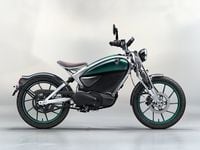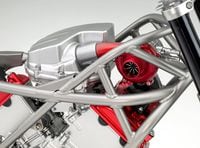has been producing since 2007, the “ST” stands for “sport-touring.” But for 2013, the company rethought and redesigned the ST to provide a little less of the “S” and more of the “T,” then renamed it “GT” for “grand touring.”
If any model sold as poorly as the F800ST has in recent years, most companies would have punted it from the lineup for good. But BMW stuck to its guns, still convinced there is a viable market for a sporty middleweight with long-ride capabilities. “Rider feedback told us they liked the idea of the F800ST,” says Sergio Carvajal, BMW’s Motorcycle Product Manager. “It’s a ‘right-sized’ bike. But they wanted something more comfortable and practical.”
Based on my 200-mile ride over a wide variety of roads as part of the U.S. press launch of the F800GT, BMW seems to have succeeded. The GT is more accommodating than the ST, with revised ergonomics that prop the rider in a more upright, relaxed position. The aluminum frame is unchanged, but the bars are higher, the footpegs are 10mm lower and farther forward, and the seat is about an inch-and-a-half lower (thanks in part to 15mm-shorter suspension at both ends). Plus, a taller windshield and reshaped fairing offer better protection from the elements. Snap on a set of optional hard saddlebags with more total capacity (51 liters) than their predecessors and you have an excellent, easily manageable middleweight for touring, sport or otherwise.
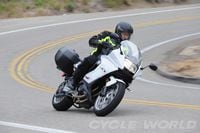
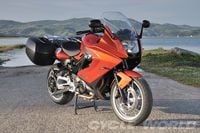
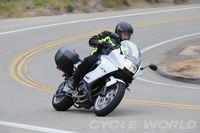
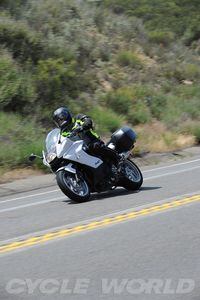
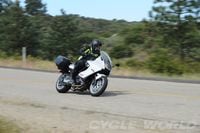
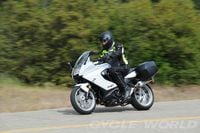
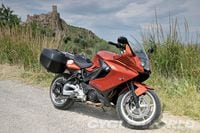
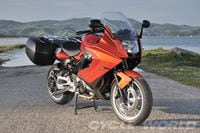
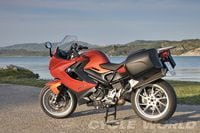
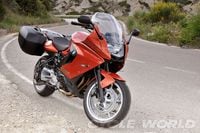
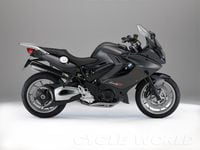
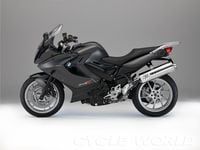
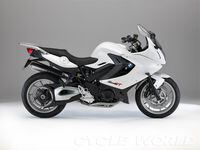
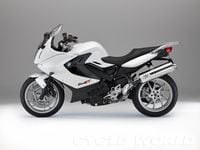
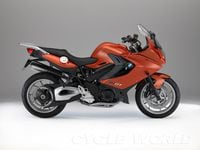
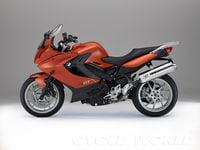
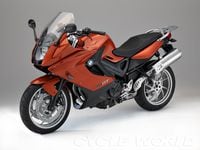
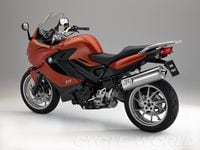
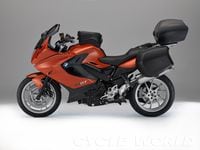
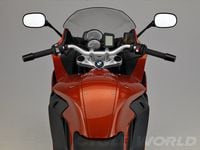
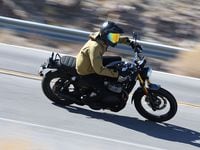
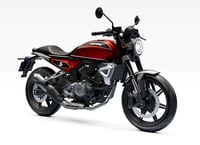
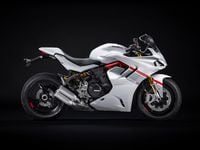










/cloudfront-us-east-1.images.arcpublishing.com/octane/3NTFFDEFQZFWNE4FOL2V6LKB3I.jpg)
/cloudfront-us-east-1.images.arcpublishing.com/octane/QAQ4UHGSV5FVPMZMUUVMUO4PQE.jpg)
/cloudfront-us-east-1.images.arcpublishing.com/octane/WITX54BXLRH2VDJYD3U6NA33BQ.jpg)
/cloudfront-us-east-1.images.arcpublishing.com/octane/U4WPVLMA4ZCCTCS3UL5WZQDXQY.jpg)

